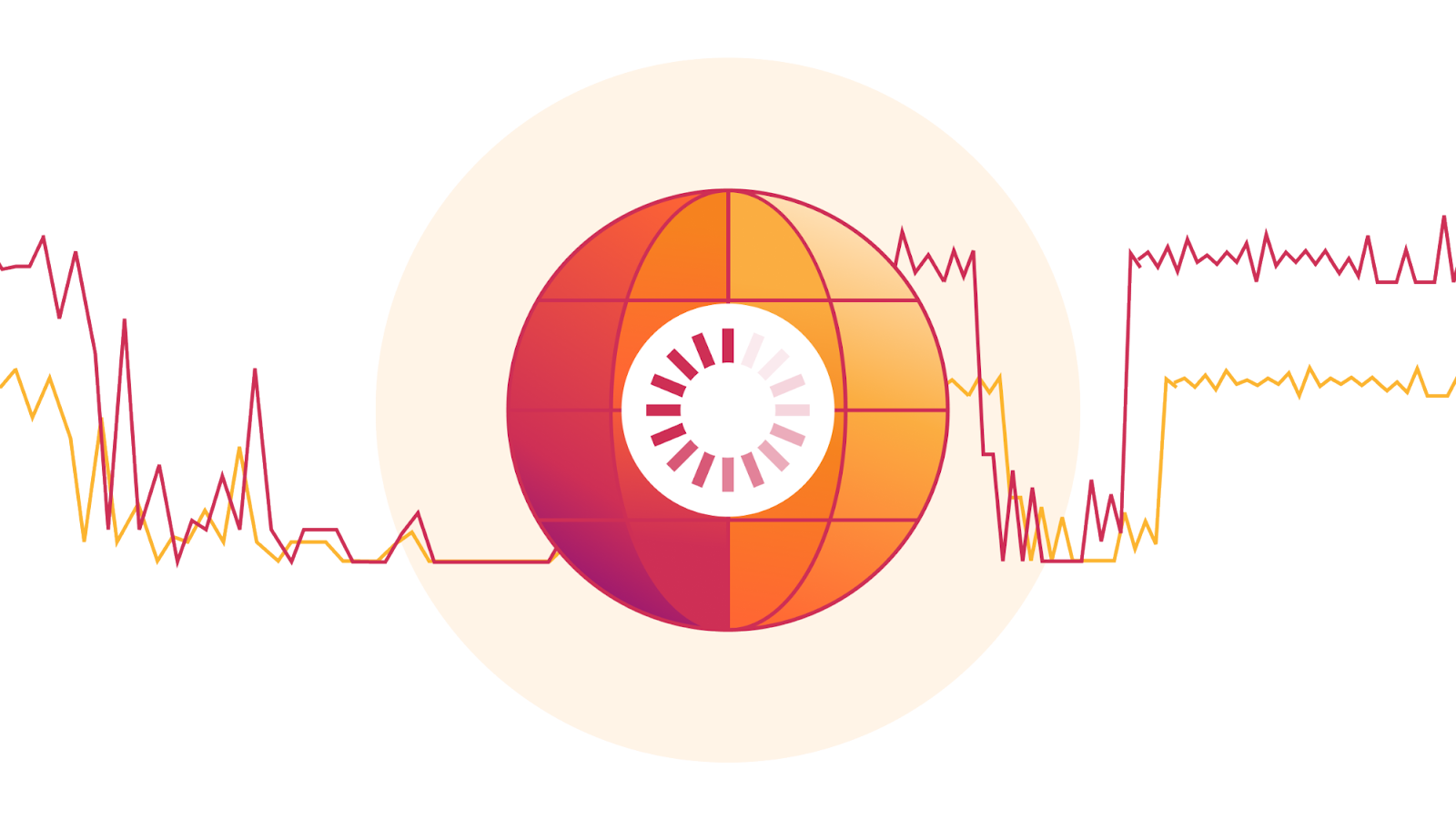On Monday, September 30, 2024, customers on Verizon’s mobile network in multiple cities across the United States reported experiencing a loss of connectivity. Impacted phones showed “SOS” instead of the usual bar-based signal strength indicator, and customers complained of an inability to make or receive calls on their mobile devices.
AS6167 (CELLCO) is the autonomous system used by Verizon for its mobile network. To better understand how the outage impacted Internet traffic on Verizon’s network, we took a look at HTTP request volume from AS6167 independent of geography, as well as traffic from AS6167 in various cities that were reported to be the most significantly impacted.
Although initial reports of connectivity problems started around 09:00 ET (13:00 UTC), we didn’t see a noticeable change in request volume at an ASN level until about two hours later. Just before 12:00 ET (16:00 UTC), Verizon published a social media post acknowledging the problem, stating “We are aware of an issue impacting service for some customers. Our engineers are engaged and we are working quickly to identify and solve the issue.”
As the Cloudflare Radar graph below shows, a slight decline (-5%) in HTTP traffic as compared to traffic at the same time a week prior is first visible around 11:00 ET (15:00 UTC). Request volume fell as much as 9% below expected levels at 13:45 ET (17:45 UTC).
Just after 17:00 ET (21:00 UTC), Verizon published a second social media post noting, in part, “Verizon engineers are making progress on our network issue and service has started to be restored.” Request volumes returned to expected levels around the same time, surpassing the previous week’s levels at 17:15 ET (21:15 UTC). At 19:18 ET (23:18 UTC), a social media post from Verizon noted “Verizon engineers have fully restored today's network disruption that impacted some customers. Service has returned to normal levels.”
Media reports listed cities including Chicago, Indianapolis, New York City, Atlanta, Cincinnati, Omaha, Phoenix, Denver, Minneapolis, Seattle, Los Angeles, and Las Vegas as being most impacted. In addition to looking at comparative traffic trends across the whole Verizon Wireless network, we also compared request volumes in the listed cities to the same time a week prior (September 23).
Declines in request traffic starting around 11:00 ET (15:00 UTC) are clearly visible in cities including Los Angeles, Seattle, Omaha, Denver, Phoenix, Minneapolis, Indianapolis, and Chicago. In contrast to other cities, Omaha’s request volume was already trending lower than last week heading into today’s outage, but its graph clearly shows the impact of today’s disruption as well. Omaha’s difference in traffic was the most significant, down approximately 30%, while other cities saw declines in the 10-20% range.
Request traffic from Las Vegas initially appeared to exhibit a bit of volatility around 11:00 ET (15:00 UTC), but continues to track fairly closely to last week’s levels before exceeding them starting at 16:00 ET (20:00 UTC). Cincinnati was tracking slightly above last week’s request volume before the outage began, and tracked closely to the prior week during the outage period.
We observed week-over-week traffic increases during the outage period in New York and Atlanta. However, in both cities, traffic was already slightly above last week’s levels, and that trend continued throughout the day.
Based on our observations, it appears that voice services on Verizon’s network may have been more significantly impacted than data services, as we saw some declines in request traffic across impacted cities, but none experienced full outages.
As of this writing (19:15 ET, 23:15 UTC), no specific information has been made available by Verizon regarding the root cause of the network problems.


